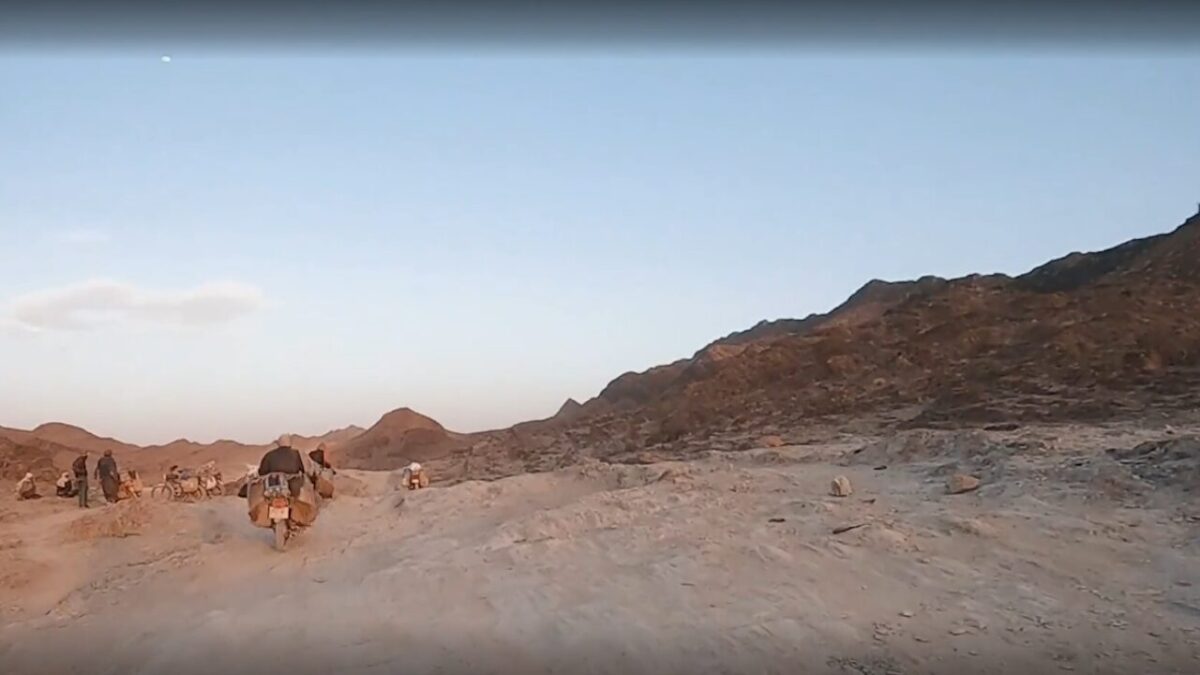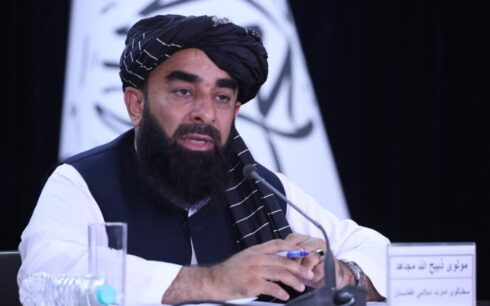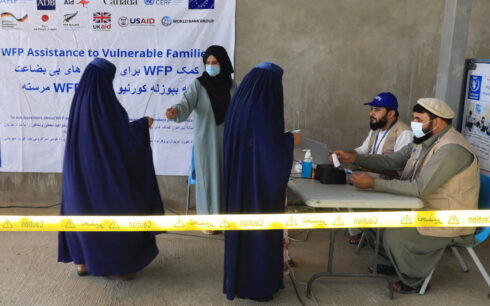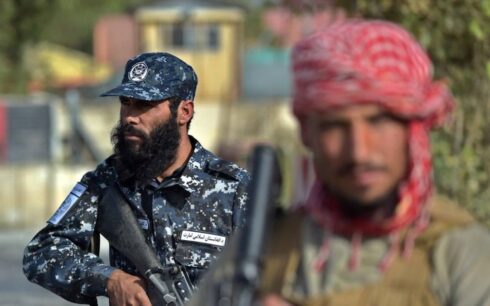Local sources report that human trafficking networks have been smuggling undocumented Afghan migrants into Iran through various routes. Among them, the Saravan-Kalagan route has recently come under scrutiny after a tragic incident in which several Afghan migrants were killed or injured while attempting to cross into Iran illegally.
According to one migrant, about a week ago, a group of nearly 450 Afghans set off on this perilous journey, hoping to escape the conditions in Taliban-controlled Afghanistan.
They were guided by smugglers who recommended the route from Nimroz to Kalagan—a route notorious for the dangers that awaited them.
The journey begins in the city of Zaranj, the capital of Nimroz Province. From there, the route passes through the Chahar Burjak District and crosses into the village of Dak on the other side of the Durand Line. This section of the trip takes approximately seven to eight hours, partly by vehicle and sometimes on foot.
The migrants then trek for two days through Pakistan, traveling by foot from Dak to Mashkel. From Mashkel, it is another ten-hour drive by car to reach Saravan, in Iran’s Sistan and Baluchestan Province.
It was upon reaching the Kalagan Valley in Saravan that this group encountered Iranian border guards. Some of them were killed, and others were wounded by gunfire as they tried to cross. The incident has highlighted the risks associated with these migrant routes, which have become increasingly dangerous as Afghan migrants seek refuge across the border.
One survivor has recounted his experience, telling Amu that he and his companions came under “heavy fire” from “Iranian border guards” after crossing few meters into Iranian territory.
The survivor, using the pseudonym Maroof for security reasons, stated that the group of migrants, numbering between 400 and 500 people—including women—was targeted “by Iranian border guards” firing “rifles and mortars”.
He witnessed eight people being killed, and many others were wounded in the attack.
Maroof recounted that he and around 450 others, including women, had embarked on a journey from Afghanistan to Iran about a week earlier.
“When we crossed into Iranian territory, just five or ten meters in, we were spotted, and they opened fire,” he said. “Most of the injuries were due to mortar fire—there were four blasts, and there was some Kalashnikov fire, but it was mostly mortars.”
He described hearing nothing but the sounds of gunfire and mortars during the incident. After being hit by a bullet, he attempted to surrender and asked for assistance. “I was injured and asked them to take us in, but they refused,” he said. “I witnessed eight bodies myself, and there were many injured—I don’t know exactly how many, but there were a lot.”
Taliban said they formed a special committee to investigate the incident.
The committee is led by Mohammad Ibrahim Sadr, the Taliban’s Deputy Interior Minister for Security, and includes representatives from the Taliban-controlled Ministries of Defense, Foreign Affairs, and Borders, as well as Taliban intelligence officials.
Meanwhile, Iran has denied the incident took place. On Wednesday, the Iranian Embassy in Kabul issued a statement rejecting the reports, and the Afghan Embassy in Tehran, now also under Taliban administration, told Amu that it is also investigating the event.
Human rights advocates and observers have demanded a thorough investigation to clarify the circumstances surrounding the deaths.
The Iranian human rights group Haalvsh on Tuesday reported, citing sources, that on the evening of October 14, Iranian border guards opened fire on dozens of Afghan migrants in the Kulgan area of Saravan, Iran.
The incident has sparked renewed concerns over the treatment of Afghan migrants along Iran’s borders, with rights groups calling for transparency and accountability from both Iranian and Afghan authorities.





